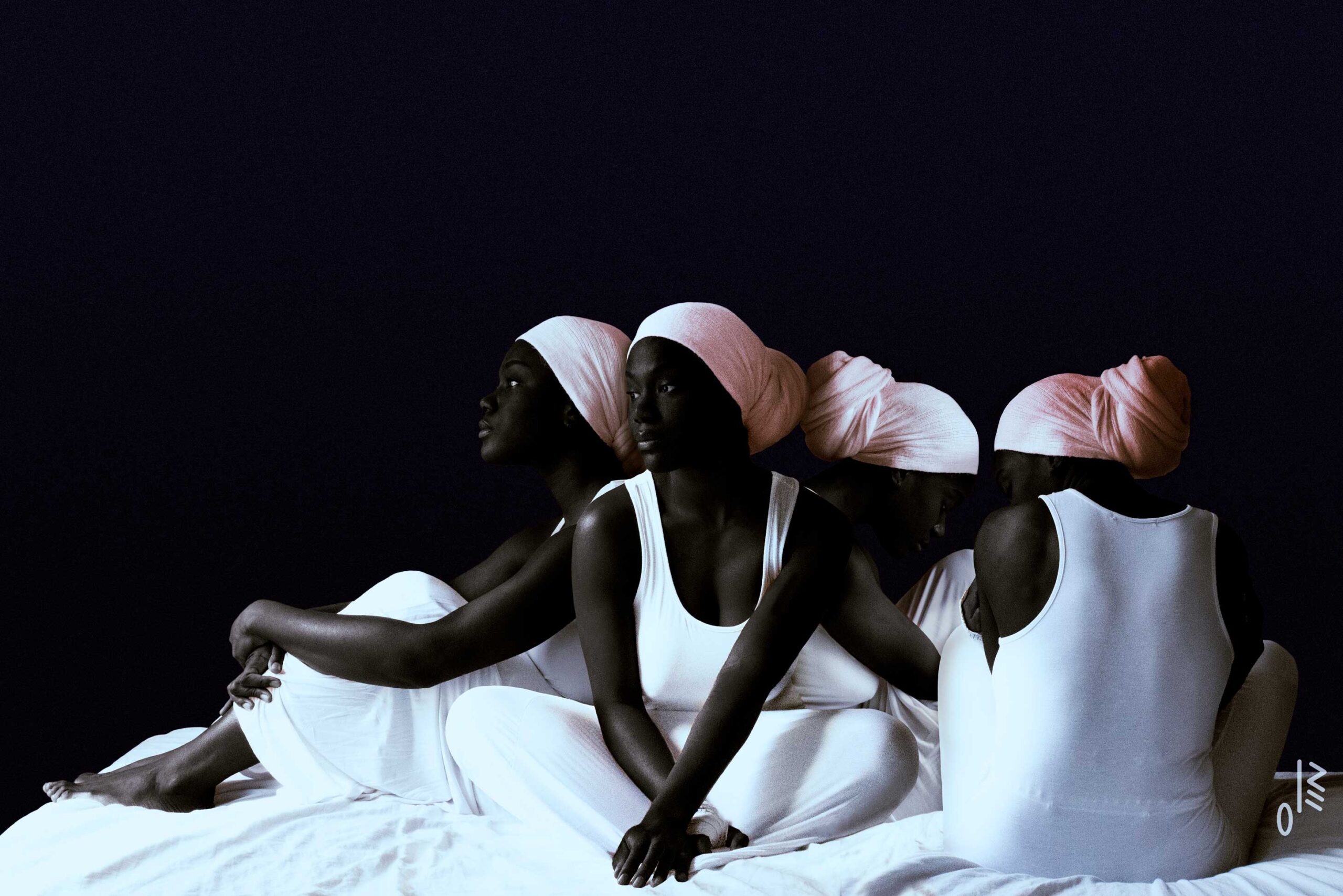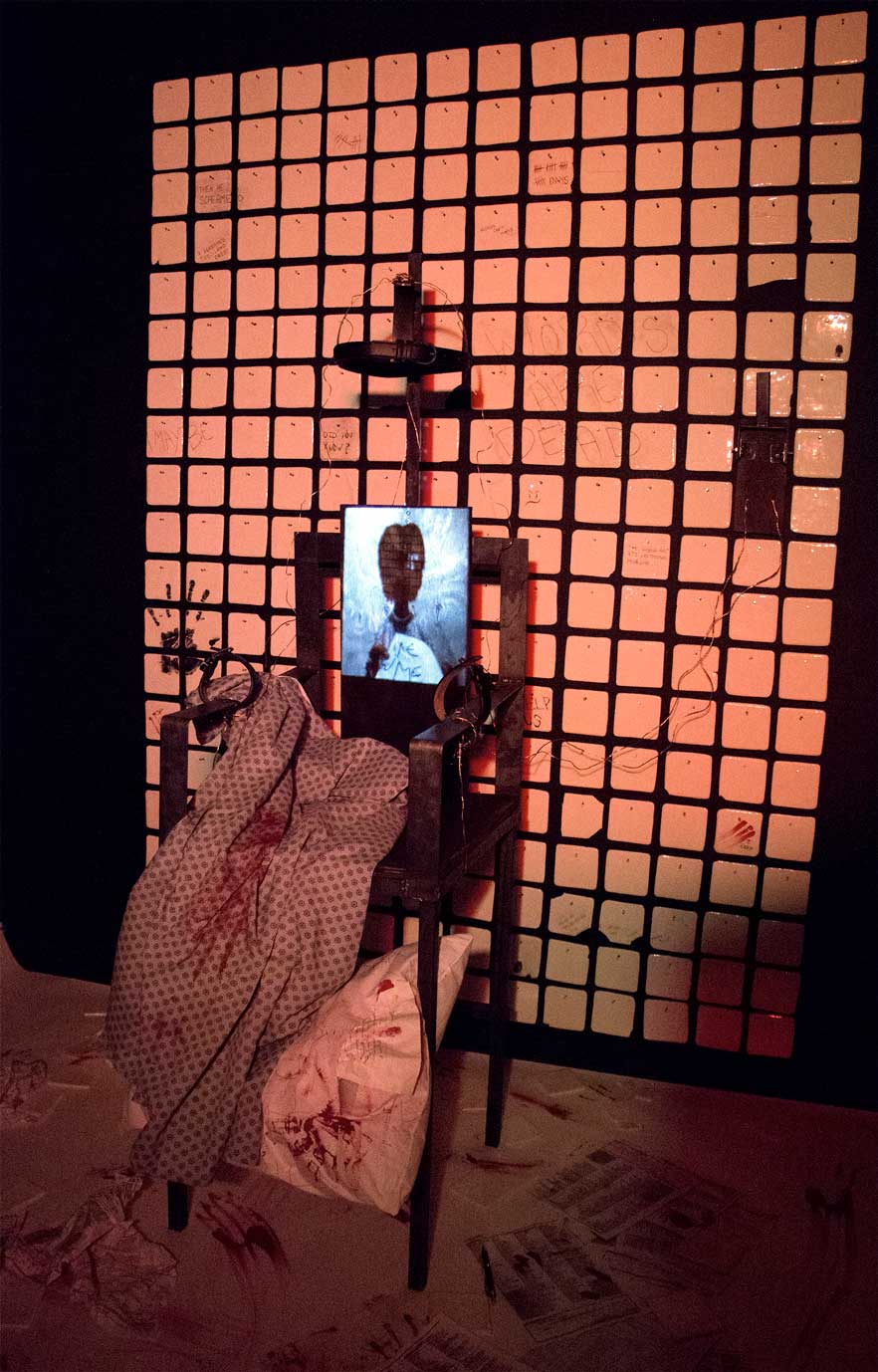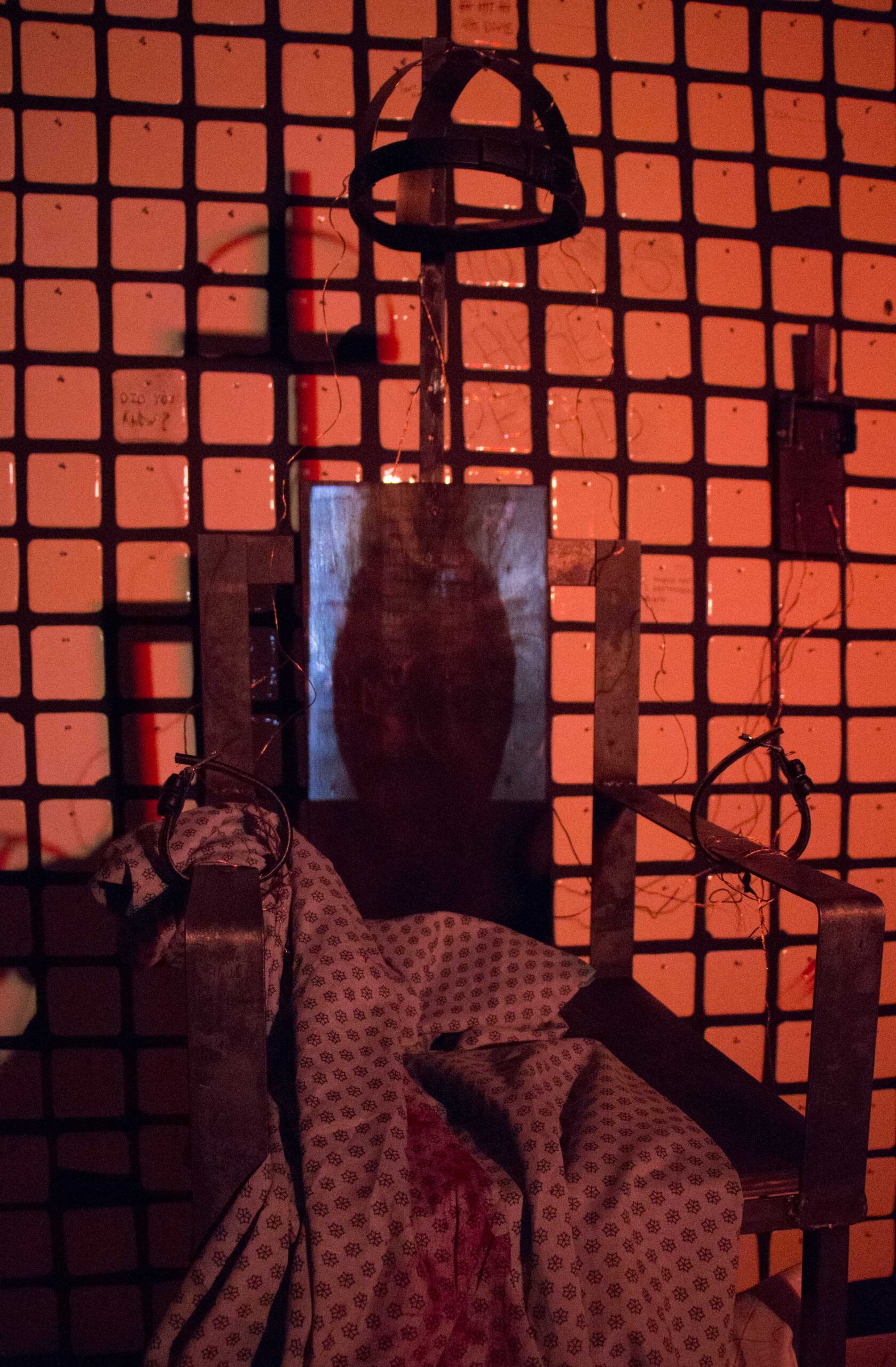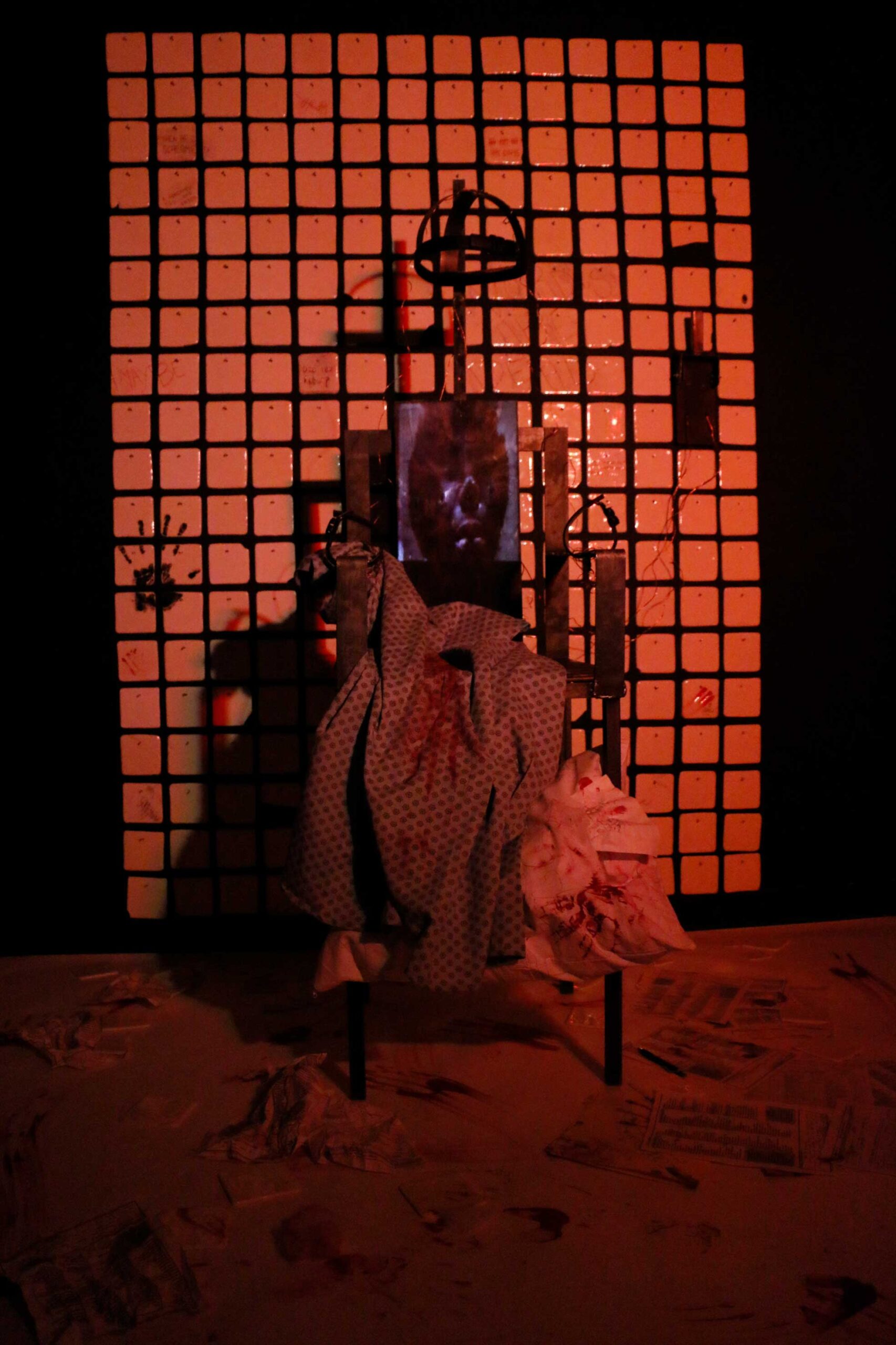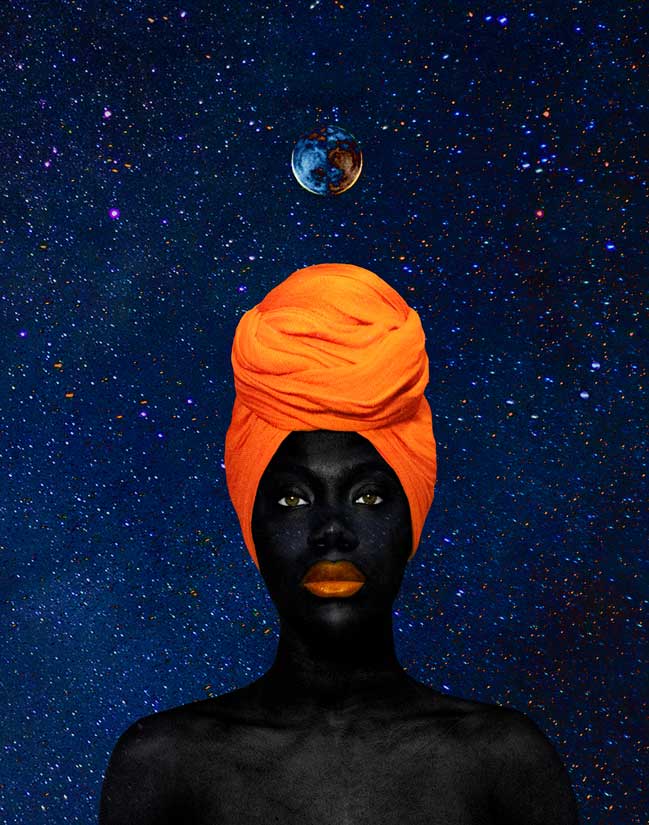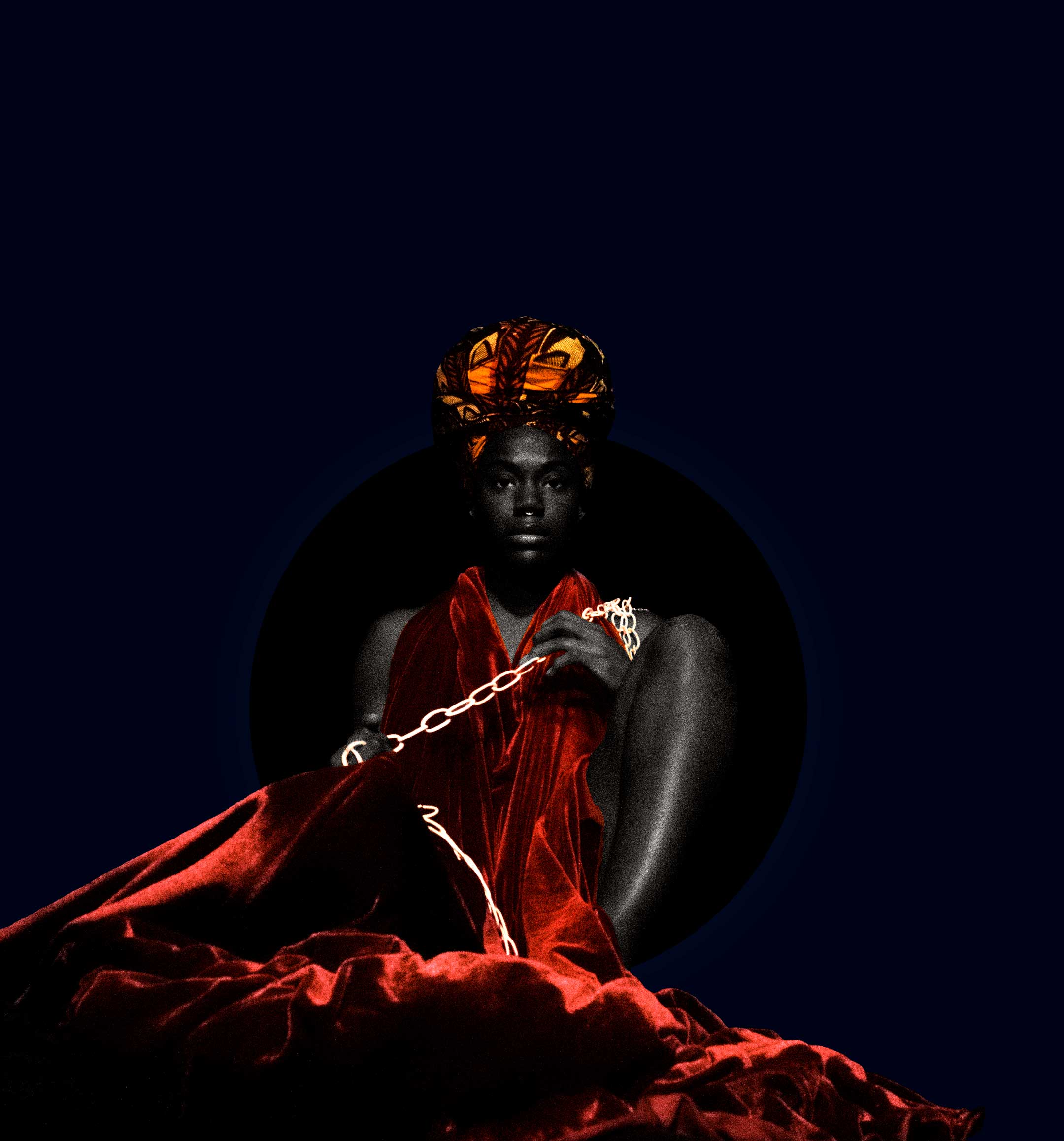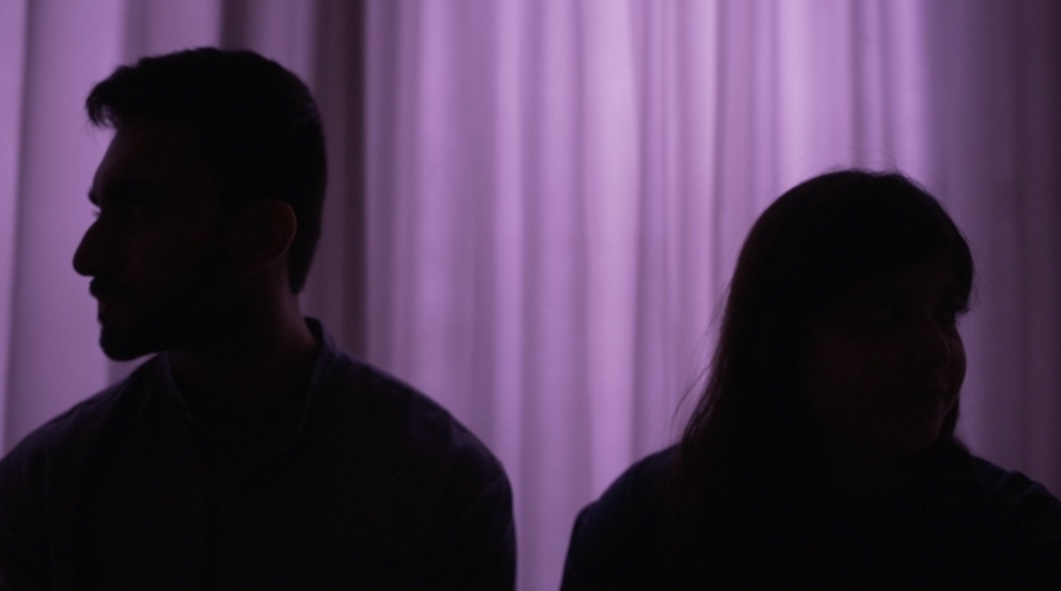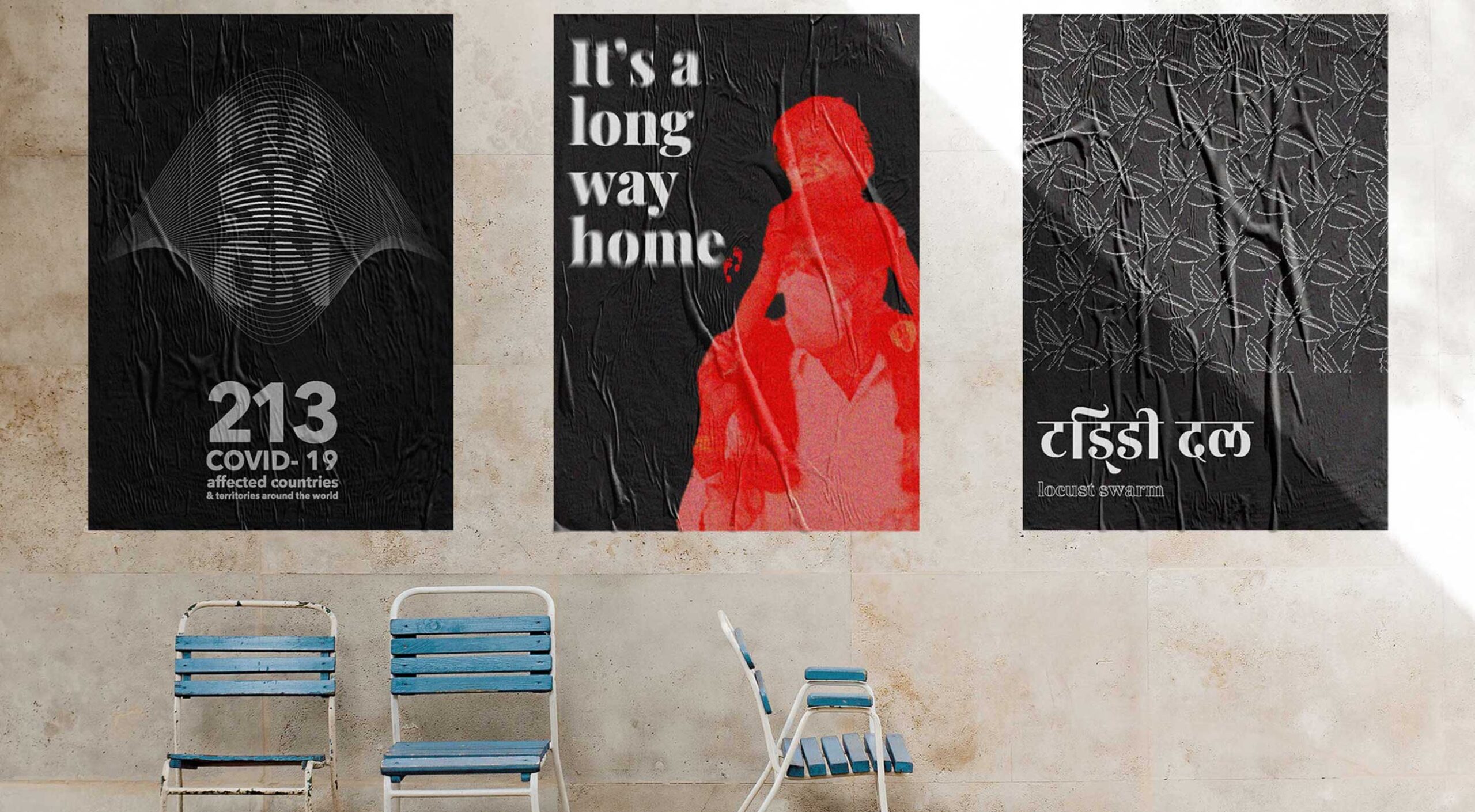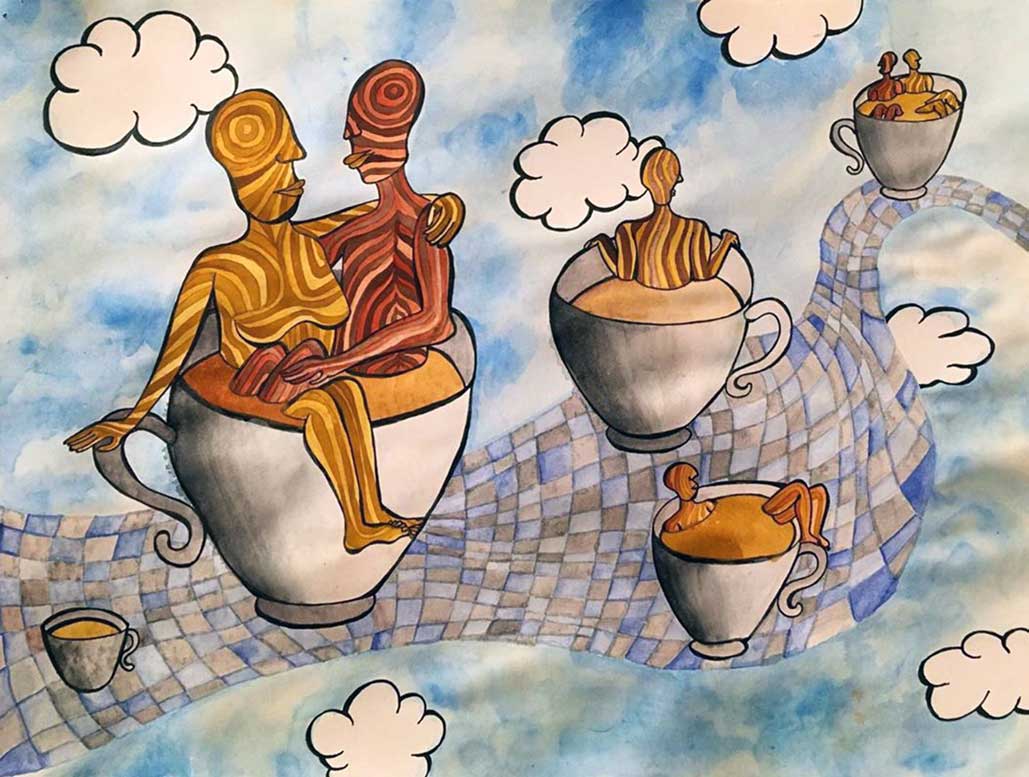‘Black’ is a socio-politically loaded term that has acquired new meaning and vision in the course of our world history. The historical trauma attached to the term ‘black’ is blatant and needs no explanation. The identity of a person when mixed with being black takes a new meaning as negotiations of the world completely change and demand a more complex lens for its dealings.
PhenomenaLewis or Lewis Derogene is a Haitian-born multimedia artist based between Connecticut and New York. Lewis, in my opinion, is a romantic musing over her identity and finding a way to express it through her artworks. She comes from a family of painters, sculptors, woodcarvers, and musicians, which provided her with the necessary inspiration to find herself as an artist. Her art is an extension of herself, carefully rooted in her poetry that captures her personal experiences and voices her negotiations with the world around her. She says, “I write my poems to release the anger of abuse and attacks against my community as well as displaying my afflictions and how these abuses and attacks affect me, as a Black woman.” Lewis believes in exploring her creativity in as many mediums as possible—her work ranges from photography, performance art, drawings, sculptures, and installation art.
As a multimedia artist, she believes in the importance of invoking thought in the viewer as her work strives to vocalize the atrocities committed against the Black community. Lewis created a video called Execution of the Limited Self (2018), which amalgamates the coldness of ceramic white tiles and the terror of an electric chair creating an image of people’s mental health. In another installation piece called Strength in Weaknesses (2016), she questions the political environment created by corrupt leaders stepping on the Black community. Her artworks act as a platform to generate questions and start discussions around pressing issues with deep urgency. She believes that change can only occur if more people spark conversations around the issues faced by the community at large.
Strength in Weakness
2016
Execution of the Limited Self
2018
Her encounter with the recent medium of portraiture is a breath of fresh blooming in spring. The idea of ‘self-portraits’ came from the thought of self-exploration and representation. Lewis says, “I felt the need to achieve a “master” level of representing a person that then led to wanting to know what represents a person and what a person is… what that face means, extend it to the body, what is the body saying, what is being represented…” She categorizes these portraits as Afro Cogitatio where the term “Cogitatio” is a Latin word meaning to meditate, reflect, or think. She says, “My self-portraits are reflections of my mental toll from the constant annoyance and harassment of being Black, particularly being a Black woman. I am telling a story of Black people not being heard and what that effect can look like. It can look like a person with a hard shell, a person who looks like they’re okay when deep down inside they just want to scream.”
The intensity of darkness that contrasts with bright blues, velvety reds, and shocking orange provokes a sense of historical past and represents the identity of the self in contrast with the other. Inspired by the Dutch painter Rembrandt, Lewis practices a similar trope and says, “I find myself getting lost in his paintings. The focus he brings to his subject matters by highlighting them using chiaroscuro.” This became a signature in her artworks, the deep contrast of lights and shadows to isolate and bring focus to her subject matters.
Reclaiming the identity, history, and culture of one’s community has been a way to find catharsis or to strengthen one’s voice in a world that dehumanizes an entire race or community. ‘Reclamation’ has served as a powerful tool in many socio-political movements, like Dalit Movement in India or Muslim women movements all over the world, and has borne fruit. Lewis first experienced a homogenization of the Black community when she moved to the US where her Haitian identity became secondary. She says, “I’m not seen as Haitian, I’m seen as Black. Therefore, I too have to see myself and label myself as Black rather than Haitian because race rules over properly identifying someone by their nationality. In Haiti, I’m not Black, I’m Haitian.”
Lewis also focuses on reclaiming her culture and identity by active meditation and careful engagement with the meaning of her historical past and present as a part of the Black community. She plays with tropes like representing the Afro head wrap and prints, use of bold colours, elaborate dresses, and deliberate darkening or blackening of the skin. She says, “I reclaim African Diasporic culture in my art… wearing my head wraps, it’s a spiritual thing to have my hair covered because I never know when I might be in the presence of God… My skin is already dark, but I darken it even more in my current body of work. In many Haitian paintings or drawings, artists would draw the people of Haiti in blacks or dark browns that are close to black because we know what we look like and we embrace it.” Her portraitures represent a form of self-love and acceptance that helps in reclaiming what it means to be African. It also represents the beauty of Black women deriving strength from their own identity and exploration of ‘Africanity’.
This story is a part of our ongoing collaboration with The Honey Pump. The Honey Pump fosters relationships with institutions, art galleries, businesses, and art collectors, connecting them with artists to produce impactful projects. As a women-owned visual arts agency, the Honey Pump aims to produce sustainable and equitable initiatives which promote transparency and collaboration. Since its relaunch as a visual arts agency in 2020, the Honey Pump set out to develop an innovative business model mindful of how the art world has evolved. The agency supports clients and artists by helping them navigate professional relationships. The Honey Pump offers flexible solutions to meet a wide range of goals at a variety of scales and budgets.
Text by: Mariyam Fatima.
Featured Artist: Lewis Dérogène.
Image Courtesy: Lewis Dérogène.


